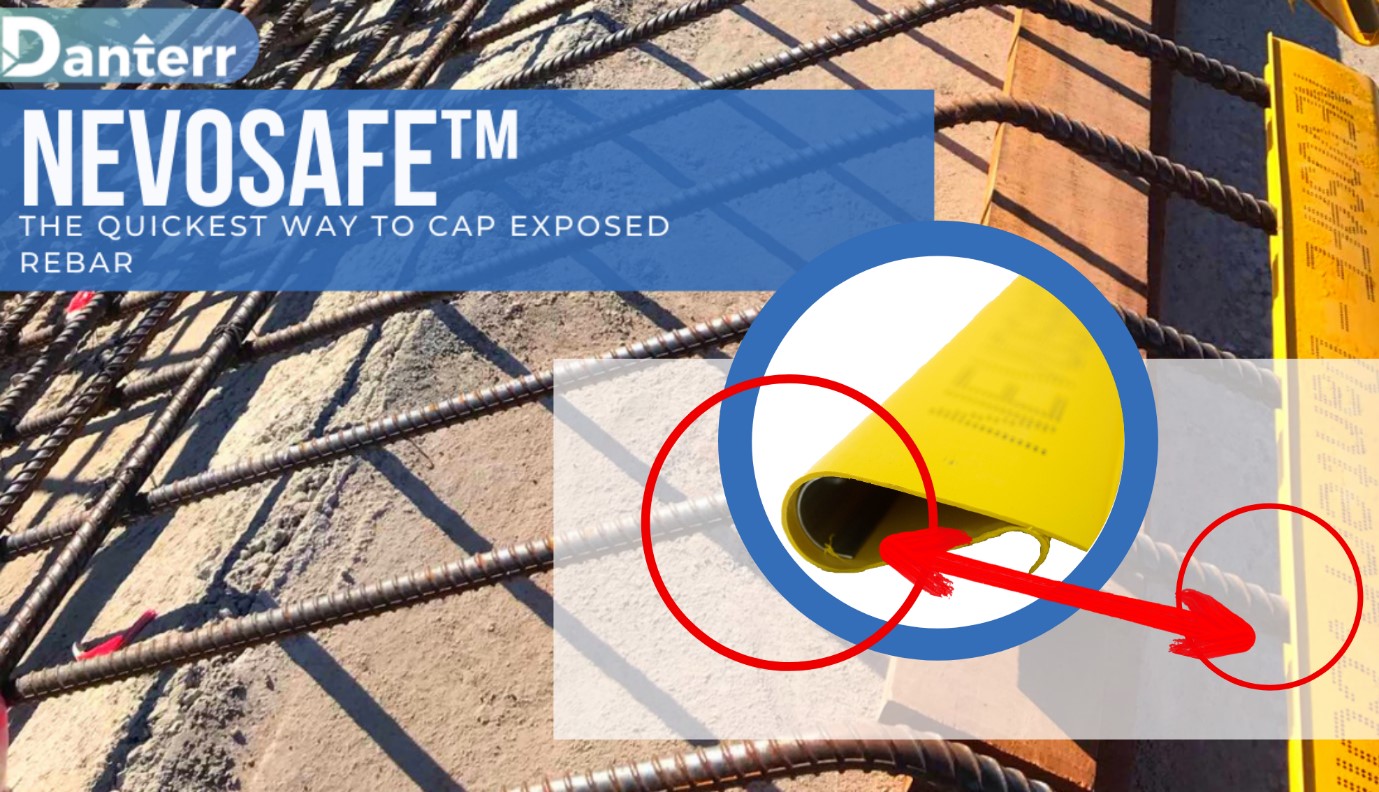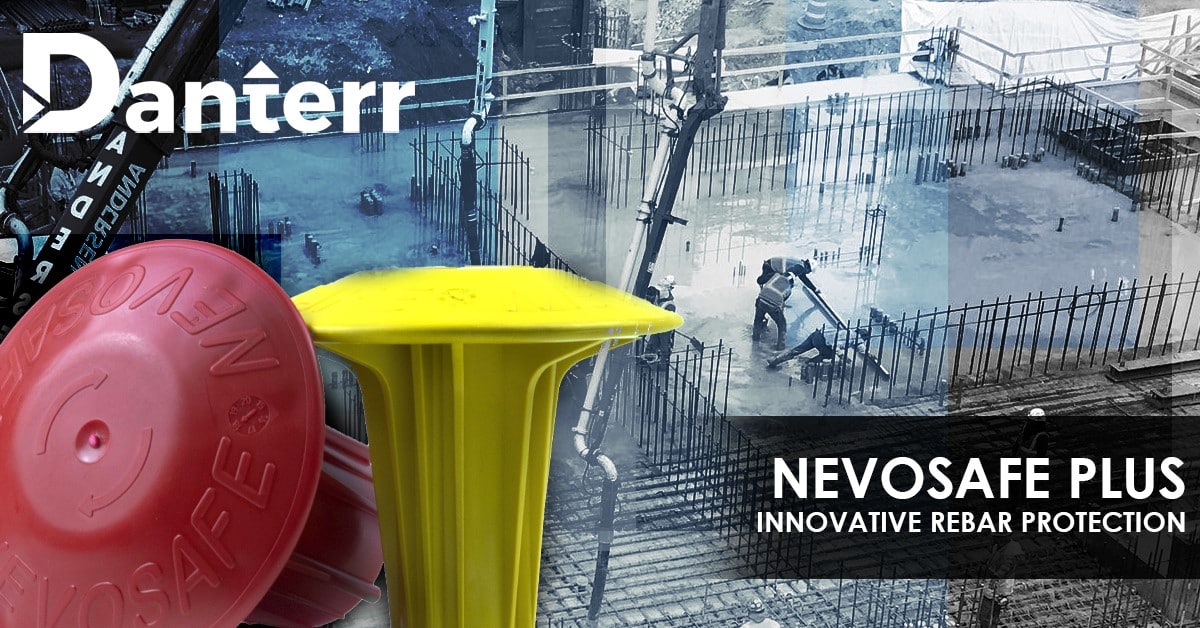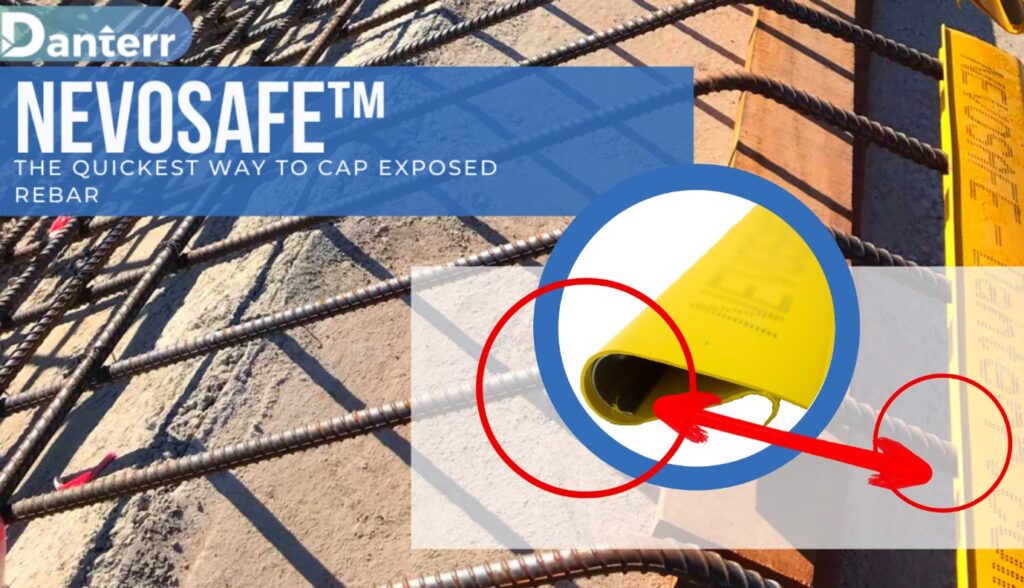Safety and Fatality at heights
As an industry we are aware of the horrible accidents and fatalities that result from falling at heights. One of the most memorable of cases being the tragic death of leading hand concreter Nick Spasovski -who was known for his hard-stance on safety.
Spasovki died after falling through an unmarked penetration while working on the 11th floor of the ATO headquarters construction site in Canberra, in 2006 (see more here). Although a terrible event, it sparked a plethora of innovation in planned site safety and highlighted that:
“Too many people who work on construction sites think that it’s someone else’s responsibility to keep them safe.”
(Leonardo Di Coio, Capital Safety)


(Photo Credit: https://www.e-architect.com/australia/ato-headquarters)
Since then, safety measures and products (such as Peno Guard™ ) have been available and implemented for penetrations at height and ground. But what are the statistics now? And how good is our industry at protecting workers from tragic events like Spasovski’s death?
Industry Statistics and Fatality at heights
Globally 2.8 million worker deaths are reported each year to the United Nations’ International Labour Organisation. From this figure 1000 of those cases are occupational accidents of which the construction industry features in heavily. This number can be further drilled down to reveal that worldwide falls are the number one reason for construction place injury or death.

Safework Australia reported that “122 workers were killed, between 2015-2019, following a fall from heights”. This data reflected the UN’s ILO findings that majority of falls were from the construction industry. As a condition of managing these risks, it is stated that businesses are obligated to “minimise the risk of falls by providing a fall prevention device, work positioning system or a fall arrest system”.

There are limited statistics on the TYPE of injury/fatality sustained from falls at great heights -despite the size of the construction industry. Surely the sheer number of contractors and infrastructure projects we have Australia wide, is enough to warrant a study into how and why these fatalities occur, with the establishment of a risk hierarchy for falls? It’s not like gravity hasn’t been our enemy since day dot -look at this article from the Sydney Morning Herald in 1922, that tells the story of a worker who miraculously survived after falling on an iron bar.
Therefore, as a company, we have taken to addressing a key safety concern for what we believe is the worst type of injury/fatality that arises from a fall from heights: Impalement by rebar.
Impalement by Rebar
Impalement by rebar is a documented and known risk all over the world -Yet there is no Australian standard for exposed rebar coverage.

From chipped tailbones in Canada to fatal falls in Miami and miraculous recoveries in India – whose accident saw rebar pushing through, but not penetrating, vital organs- we have seen this accident time and time again, globally.
The threat of impalement on exposed rebar is ever present in Australia; since 2000, there have been dozens of news stories Australia wide, regarding impalement causing death and serious injury resulting from minor falls onto exposed rebar. Sadly 28% of workplace fatalities since 2003 have resulted from preventable falls.

These tragic accidents are preventable and as infrastructure in Australia grows so must the safety standards. It is no longer enough to simply suggest contractors cover exposed rebar or blanket statement obligations without specificity.
If our governments are indeed “prioritising young people trying to get in to a trade” then we must also protect them from the dangers of their trade.
Here at Danterr we agree that there should be no shortcuts when it comes to safety – especially from the atrocity that is being impaled by rebar. We call for a national standard and have innovated our unique product Nevosafe™ as the premium example of exposed rebar protection.
What is Nevosafe™ and how does it work?

The Nevosafe™ safety strip has been developed for use on building sites. It is clipped on to the protruding ends of reinforcement bars as a transition to further layers of concrete. They create a safety barrier between the exposed rebar tip and the workers body, should they be leaning over or falling from any height.
There are similar products available in the Australian market, but our inclusion of a steel core makes Nevosafe™ unique and practicable.

The steel core is what minimises the severity of the accident when a worker falls on to the capped rebar. The inclusion of this steel core dramatically reduces the probability of death and our strips have been EMPA tested finding that the strip is secure and robust for 100kg from a height of 3m. You may check the test conditions and results.
Not only does the strip save lives, it saves time and is a perfect way to showcase your site. In the past, someone would have to individually cap each exposed rebar. Yes, the steel capped individual protection points are still available and still relevant for certain jobs. But now employers can protect their employees in a much more efficient and effective fashion -in fact, we can put Nevosafe™ on in 7 seconds.
As a company we understand that without Australian Standards for rebar protection, products like our Nevosafe™ safety strip and Nevosafe™ reinforced safety caps are not mandatory but a choice. So, we implore you, to make the right choice. Its better for an employee to have a sore back, than attend a funeral or inform a family of a tragic event.


